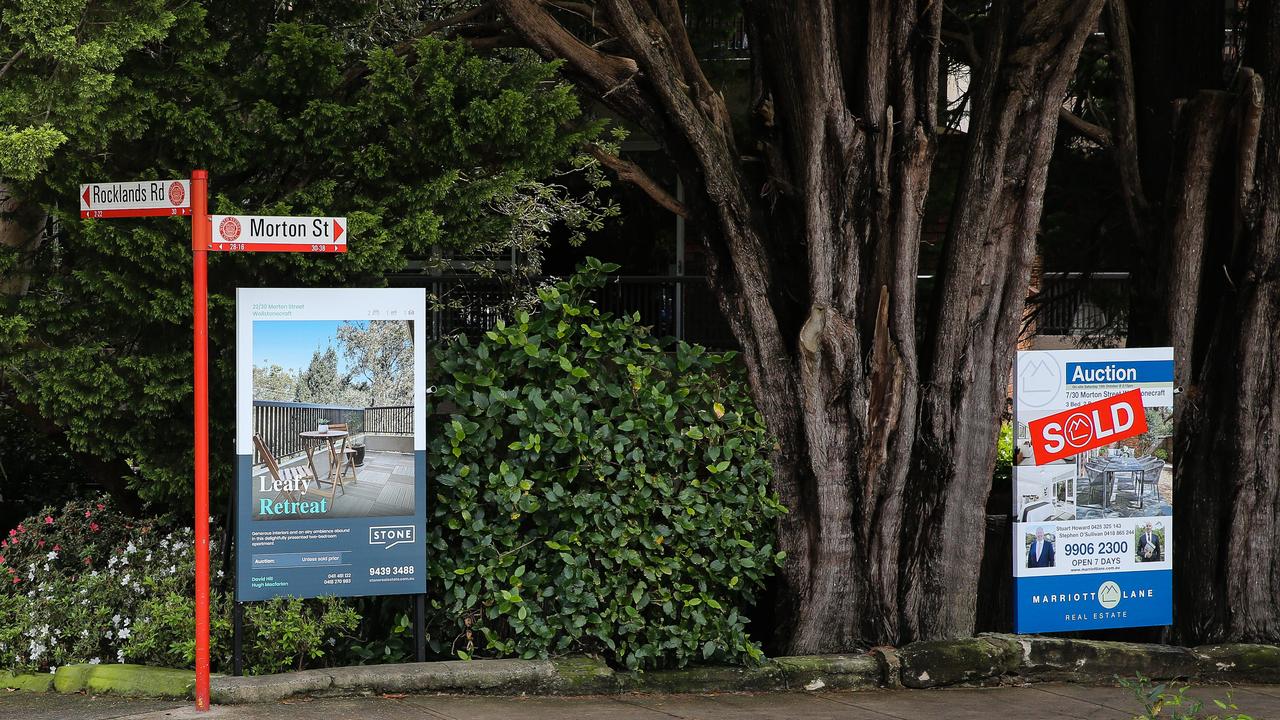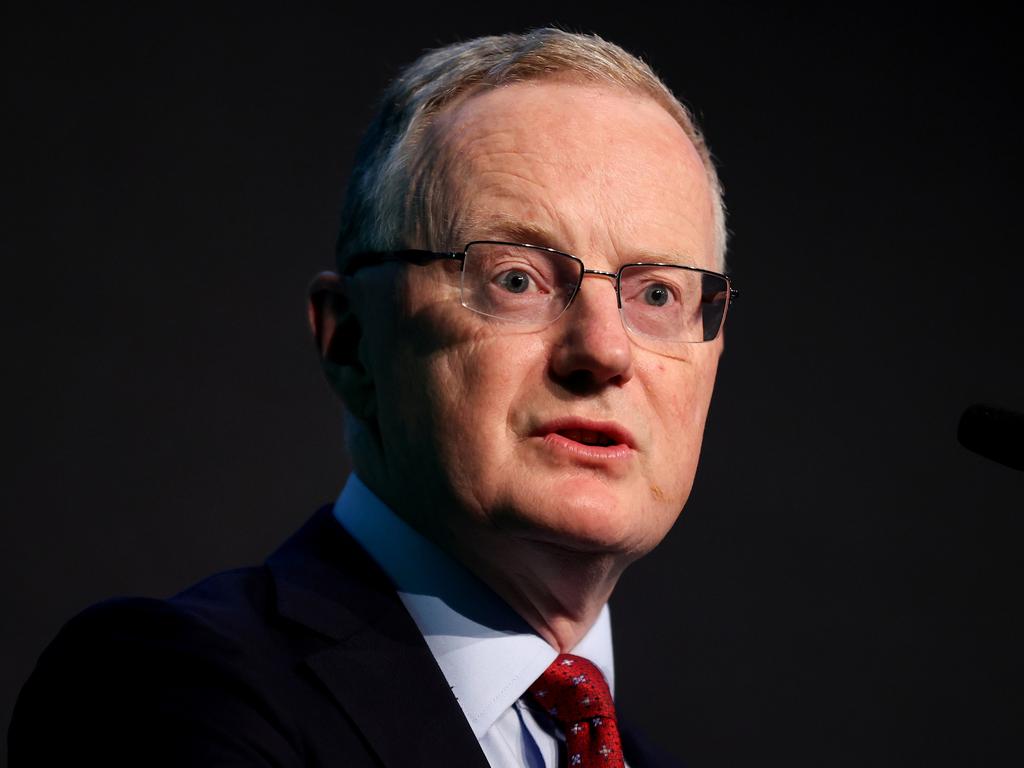Real reason Australia is facing disaster over rate rises
Reserve Bank Governor Philip Lowe is in the firing line over disastrous rate rises but not everything is as it seems.
ANALYSIS
The performance of Australian central banking has soured for more than a decade.
Before the Global Financial Crisis, forecasting and monetary policy seemed to run itself. Inflation was largely quiescent, exports were driven by China, and households added debt like clockwork to drive consumption.
These reliable growth drivers made for a well-oiled economic machine that delivered widespread and consistent income gains. Forecasting and setting interest rates were easy.
But, since the GFC, this has all gone pear-shaped for the Reserve Bank of Australia.
Post-GFC, the RBA embarked on an ill-fated tightening program to shift Australia to “mining-led growth” for decades to come.
Two years later, commodity prices collapsed as China began to reform away from its construction addiction. The RBA was forced to do a volte-face and slash interest rates almost non-stop for the next eight years as its forecasts failed shockingly.
If measured from beginning to end, Australian living standards actually fell more during this period than during the Great Depression, in part thanks to the RBA’s poor forecasting and monetary policy.
Covid stimulus
Then along came the Covid shock. And the RBA launched a new program of monetary loosening. Given interest rates were now effectively zero, the RBA was forced to join other developed economies and print money, with which it bought government and bank bonds.
The latter was done on three-year terms which allowed the banks to lend at rock-bottom fixed-rate mortgages for up to three years. Property boomed and everybody was happily locked in their rapidly appreciating asset.

However, the RBA’s terrible forecasting record struck again.
Inflation took off and instead of cheap rates being available until 2024, as Governor Phil Lowe promised, much more expensive variable mortgage rates arrived last year and all of those cheap fixed-rate mortgages are rolling off at nosebleed levels right now.
Is getting inflation wrong a sackable offence?
If you are carrying one of these suddenly very expensive mortgages, then you no doubt feel aggrieved. But, is it reasonable to blame the RBA for this? Central banks are often changing direction and the mortgage is yours, not the RBAs.

Consider, as well, how the RBA was double-bluffed. After a near-decade of over-estimating Aussie growth and inflation, thereby contributing to both undershooting, the bank was determined not to make the same mistake again and allow lowflation to persist.
This goes to the truth that central banks are very often fighting the last war. Which is helpful to remember when you borrow.
As well, monetary policy is a very blunt tool. And, as it turned out, just about everybody overdid the Covid stimulus. Including the Morrison government which delivered a huge surge in home building with price rises to match.
The composition of inflation
In fact, probably most of Australia’s inflation is not derived from the RBA. If we decompose it, as Westpac has usefully done, we find the Morrison building giveaway, imported goods, and food from climate shocks make up 5 per cent of today’s 7.8 per cent inflation surge.
The RBA should have factored these in, you will argue, and rightly, but many were temporary and wage growth was, and still is, very low, So the bank was right to be sceptical that the price surge was sustainable.
These prices are now all crashing which is why the bank paused its rate hikes late last year.
But, what has happened now is that another form of inflation has taken hold. Electricity and gas bills are going through the roof.
Unfortunately, because these are input into every business, those price rises are immediately being passed along to consumers in all goods and services.
Who is the blame for this? Not the RBA, which has been warning of it for many months.
There are two culprits
The first is the gas and coal energy robber barons that profiteered from their countrymen when Russia invaded Ukraine. Australia has spectacular quantities of cheap coal and gas but the robber barons wouldn’t sell us any below European prices.
The second culprit is the Albanese government which ignored the energy gouge all year. Not until late December did it finally apply price caps to coal and gas.
This has lowered the bill shock we are seeing today but the intervention came too late to prevent adding 1 per cent to the CPI this year, which can probably be doubled as it is passed on to consumers by businesses.
This is the second round of inflation that has triggered further RBA tightening this year, as well as set off a lot of anger at Governor Phil Lowe. So much so, that Treasurer Jim Chalmers is unlikely to renew Lowe’s leadership at the RBA come mid-year.
While he’s at it, he might sack himself for being so timid for so long with the energy robber barons.
David Llewellyn-Smith is Chief Strategist at the MB Fund and MB Super. Llewellyn-Smith is the founding publisher and editor of MacroBusiness and was the founding publisher and global economy editor of The Diplomat, the Asia Pacific’s leading geopolitics and economics portal. He is the co-author of The Great Crash of 2008 with Ross Garnaut and was the editor of the second Garnaut Climate Change Review.





